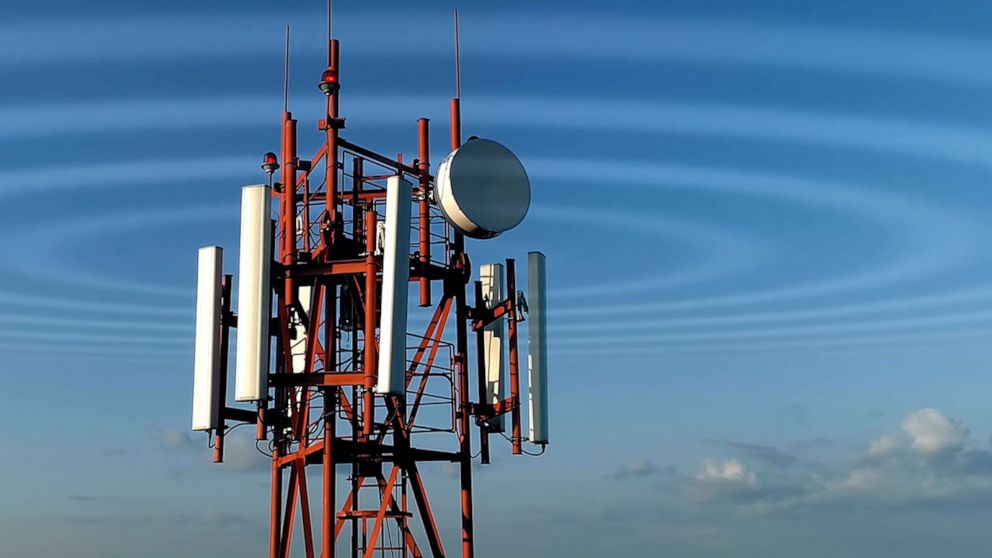If you've ever been through a town you might have noticed tiny cell towers for 5G on street light poles. They appear like tiny boxes however they're actually sending wireless signals from mobile providers to your mobile.
These smaller towers are replacing larger specially-designed cell towers. While they're less noticeable however, they could cause problems for people.
The FCC's Radiation Exposure Thresholds
The FCC's Radiation Exposure Thresholds define the maximum amount of time a person can be exposed to electromagnetic energy from wireless devices. The limits for exposure are based on research that show that RF energy could be harmful to human health.
The rate of absorption called the specific absorption rate (SAR) is an indication of the radiofrequency energy that is absorbed by tissue. It's usually 1.6 watts per kilogram, spread over a Gram of tissue.
Since 5g is able to transmit at higher frequencies, it has the potential to increase the intensity of energy on the skin and other directly-exposed body parts. This could result in a wide range of possible harms, like the appearance of skin conditions like dermatitis, skin cancer and cataracts.
Because of the potentially severe effects of 5g radiation, PSU has chosen to set a general localized limits on power density, which is 4mW/cm2 based on the average on 1cm2, and never to exceed 30 minutes, for all 5G services running at 3000 GHz. This limit for localization is in line with the maximum spatial-average SAR of 1.6 W/kg, which is averaged over 1 grams of tissues at six GHz.
The FCC's Maximum Exposure Thresholds for Maximum Exposure

If you've ever operated a cell phone, you're probably aware that the safest range from the tower is at least 400 meters away. safe distance from cell tower is due to the power of transmission from a cell tower increases dramatically the further your location from the tower.
While it sounds like an ideal idea but the truth is that people living in close proximity to towers may actually be more vulnerable to health problems. For example, a study from 2014 in India discovered that people living within 50 meters of cell towers experienced much more health problems than those who lived farther distance from them.
But, the study found that people who moved into areas farther away from the cell towers saw their symptoms return to normal within a few days. Other studies have revealed that exposure to high amounts of electromagnetic field radiofrequency (EMFs) can lead to cancer, brain tumors as well as other health issues.
safe distance to live from cell phone tower is because RF radiation, used for wireless communication, has the ability to penetrate the human body's outer layer, the skin. This is important to understand because the skin acts as a protective barrier against injury to the body, infection caused by pathogenic microorganisms and entry of toxic substances. It is also the largest organ in the human body and is accountable for keeping the integrity of the other organs.
The FCC's Minimum Exposure Thresholds

The FCC's Minimum Exposition Thresholds depend on several assumptions that are not supported by scientific evidence. This includes the false assumption that short-term exposures to RF radiation are safe due to the limited penetration into the body (i.e. thermal heating of tissue).
what is a safe distance from a 5g cell tower does not take into account the deeper penetration of the ELF components of modulated RF signals, as well as the consequences of brief bursts of heat caused by RF pulses. These assumptions are not in line with current knowledge of the biological consequences of RF radiation. As such, they should not be used for health protective exposure standards.
In addition to that, ICNIRP and FCC are limiting their maximum exposure limits to local peak SARs, based on the maximum spatial specific absorption rate (psSAR), which can be described as not a reliable dosimetric instrument to assess the amount of exposure to RF radiation. Particularly it is inconclusive when frequencies exceed 6 GHz. Additionally, psSAR hasn't been tested for RF radiation exposed to other agents of the environment such like sunlight. In the event of interactions, RF radiation with other agents in the environment could cause synergistic or antagonistic results. This would result in the risk of having adverse health consequences. For example, co-exposure to RF radiation and sunlight could cause an increase in the incidence of skin cancer, as well as aggravate other skin conditions like acne.
